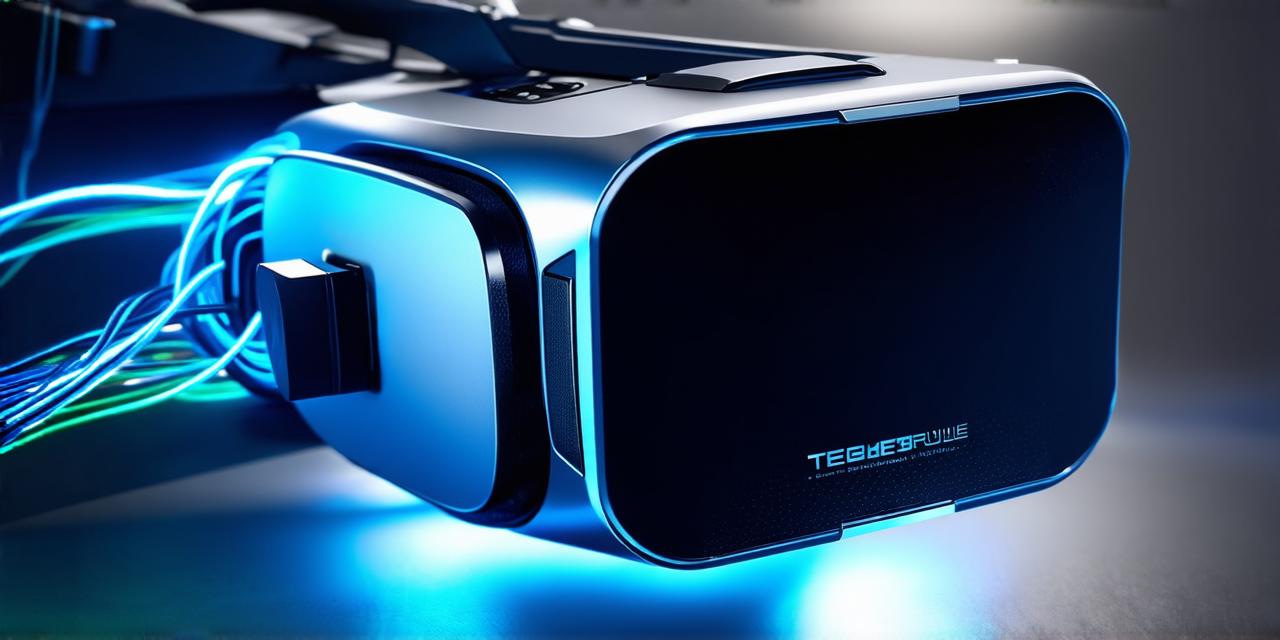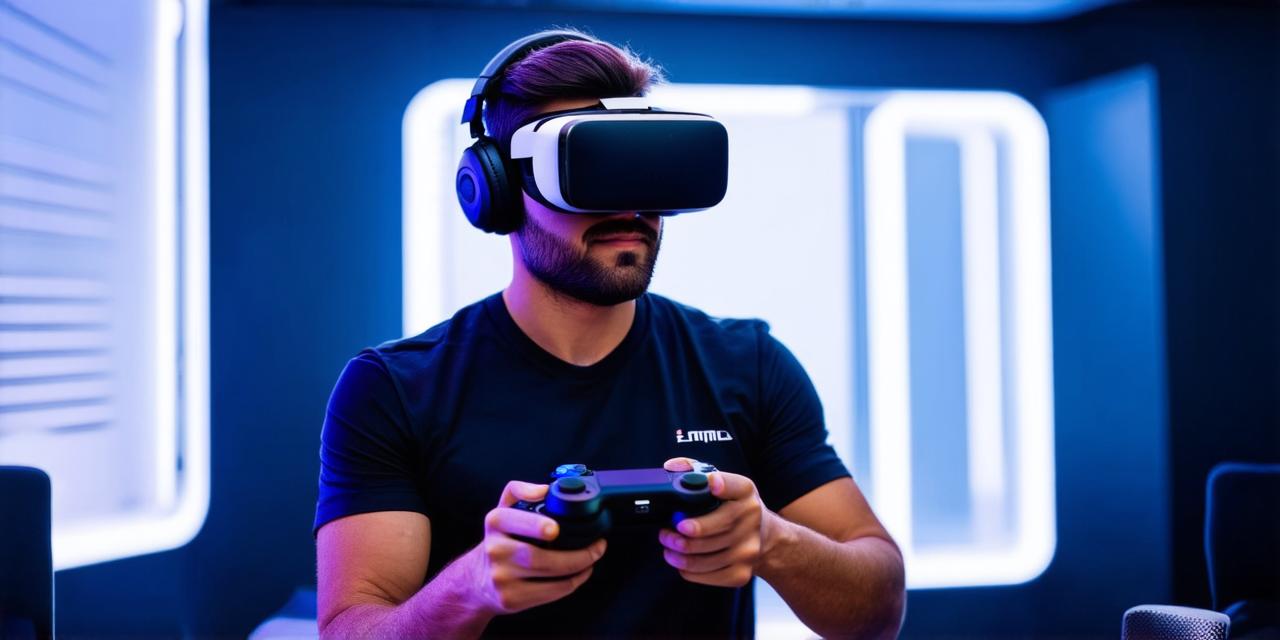Virtual Reality (VR) technology has revolutionized various industries, and one of its most promising applications is in the field of mental health. This article aims to provide a comprehensive overview of Virtual Reality Therapy (VRT), explaining its concept, benefits, and applications.
What is Virtual Reality Therapy?
Virtual Reality Therapy is an innovative approach that uses VR technology to simulate real-life experiences for therapeutic purposes. It allows individuals to engage in controlled, immersive environments designed to help them confront and manage their mental health issues effectively.
How Does Virtual Reality Therapy Work?
VRT works by creating virtual scenarios that mimic real-world situations that may trigger anxiety or other mental health issues. These scenarios can be customized according to the individual’s needs, allowing them to practice coping mechanisms in a safe and controlled environment. For example, a person with a fear of public speaking might use VRT to practice giving a speech in front of an audience without the pressure of real-world consequences.
Benefits of Virtual Reality Therapy
-
Immersive Experience: VRT provides a highly immersive experience, making it easier for individuals to engage with their therapy and practice coping mechanisms effectively.
-
Controlled Environment: VRT allows therapists to control the environment, ensuring that the individual is exposed to situations at their own pace and comfort level.
-
Reduced Anxiety: By providing a controlled, virtual environment, VRT can help reduce anxiety levels associated with real-world therapy sessions.
-
Accessibility: VRT can be accessed from home, making mental health treatment more accessible to those who may have difficulty attending in-person sessions due to geographical or mobility issues.

Applications of Virtual Reality Therapy
-
Phobia Treatment: VRT is particularly useful for treating phobias such as fear of public speaking, flying, or heights.
-
Post-Traumatic Stress Disorder (PTSD): VRT can help individuals with PTSD confront and manage their traumatic memories in a controlled environment.
-
Social Anxiety: VRT can simulate social situations to help individuals practice social skills and build confidence.
-
Pain Management: VRT is also being explored as a tool for pain management, using distraction and relaxation techniques to help manage chronic pain.
Summary
Virtual Reality Therapy represents a significant step forward in mental health treatment. By providing immersive, controlled environments, it allows individuals to confront their issues in a safe and effective manner. As VR technology continues to evolve, we can expect to see even more innovative applications of this exciting field.



